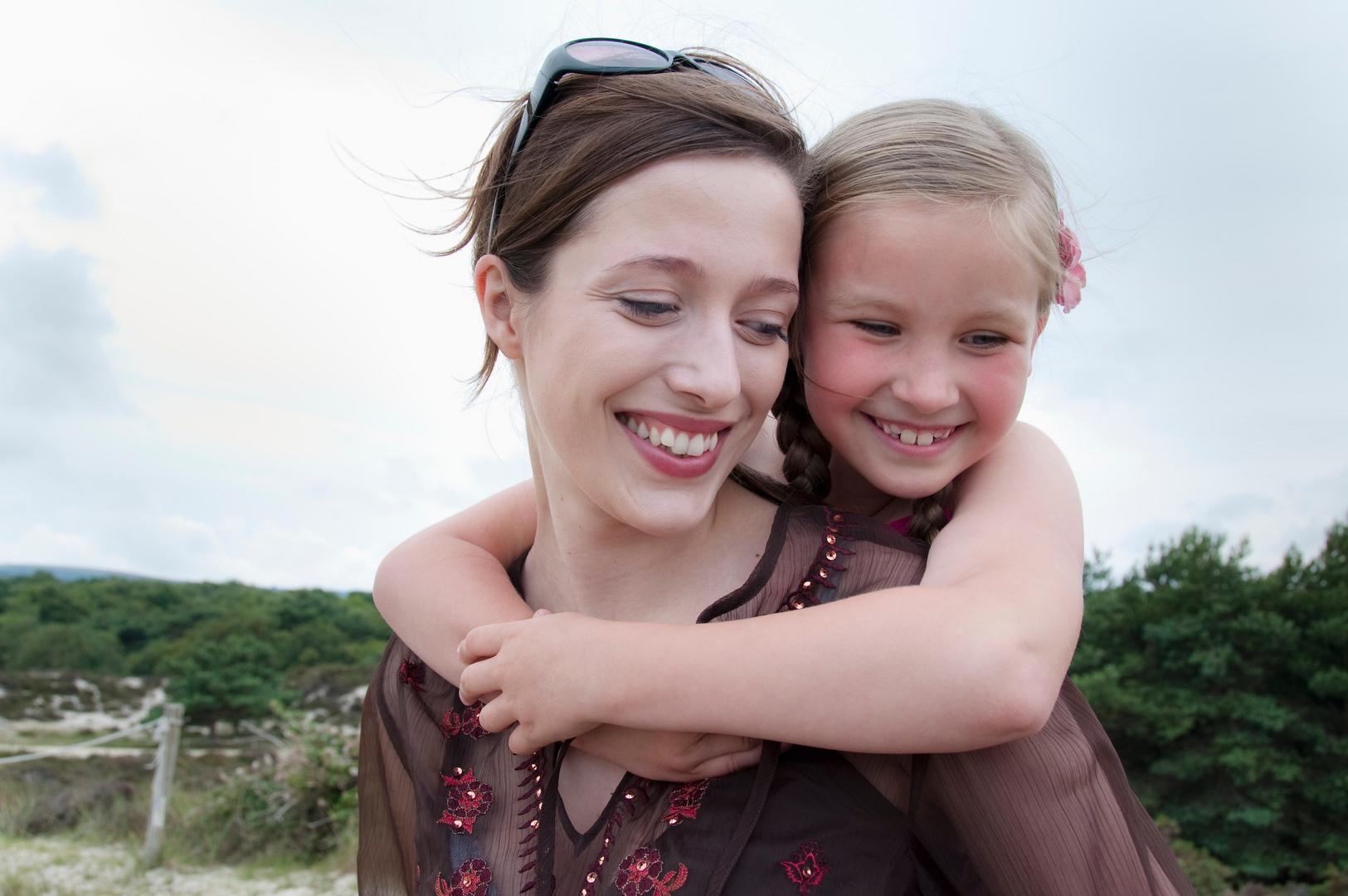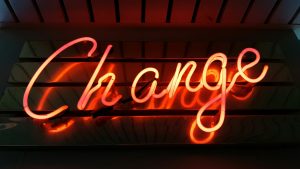Attachment science is just as much of an interest now in parenting, family, and couples counseling as it was when John Bowlby emphasized the importance of a child’s first attachment relationship with their caregiver. Bowlby demonstrated how attachment behaviours are biologically innate, meaning that humans are born with a need to form a close emotional bond with their caregiver. In therapy, we extend what we know about attachment and bonding science to better understand the far-reaching implications early attachments have on future development and relationships. As humans, we all long for a felt sense of secure connection. We use attachment science in therapy as a map that guides us towards helping individuals, couples, and families develop:
- A sense of felt safety
- A sense of being seen and known (attunement)
- A sense of experienced comfort (soothed)
- A sense of being valued
- A sense of support for being and becoming one’s unique self.
For more information, please refer to Dr. Sue Johnson’s Youtube video attached below where she explains attachment theory in just 9 short minutes. She provides an overview of the core tenants of attachment theory and includes a thorough discussion on the 4 different styles of attachment: Secure, anxious, avoidant, and fearful.







